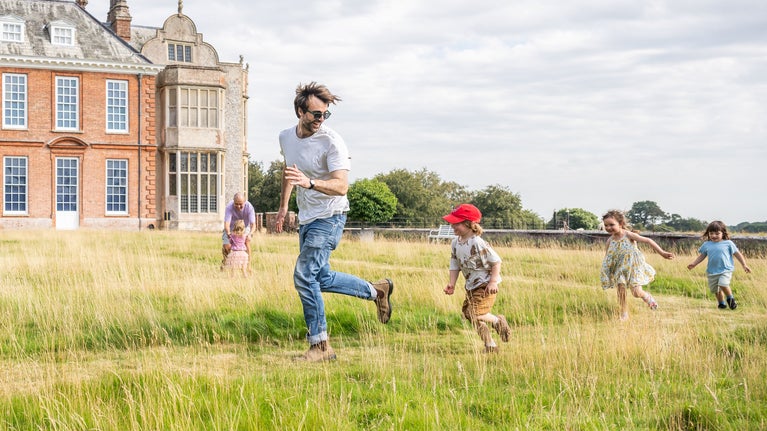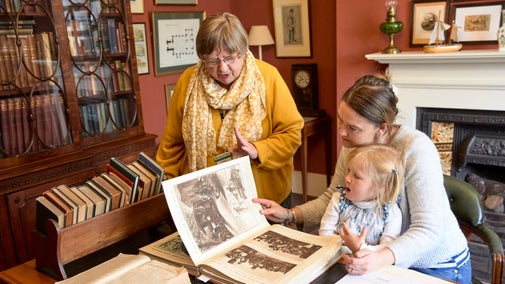
Where will you visit next?
Discover lots of gardens, historic houses, days out at the coast and more.

We look after lots of places from the Tudor period, a time when Catholic priests were often persecuted under the rule of Queen Elizabeth I. Many of these places have priest holes – spaces where priests could remain hidden from search parties, which could have saved their lives.
Under the rule of Queen Elizabeth I, priests were often imprisoned, tortured and even killed. Priest holes were specially concealed places within houses where they could hide away safely during this time when Catholics were being persecuted.
Discover some of the places in our care where you can find priest holes here.


Discover lots of gardens, historic houses, days out at the coast and more.

Discover the places we look after that have links to the Tudor period, from Henry VII through to Elizabeth I. These historic houses have received royal visitors, hidden Catholic priests and witnessed important events.

Visit some of the places we look after that have inspired famous writers, playwrights and poets, including the homes of Beatrix Potter, Virginia Woolf and Thomas Hardy.

Have you ever imagined what life was like for a servant in a country house? Wander round sculleries, pantries and servants’ quarters to uncover their stories.

Bring history to life and discover some of the best royal connections to the places we look after, from a warrior king and ghost queen to traitors of the crown.